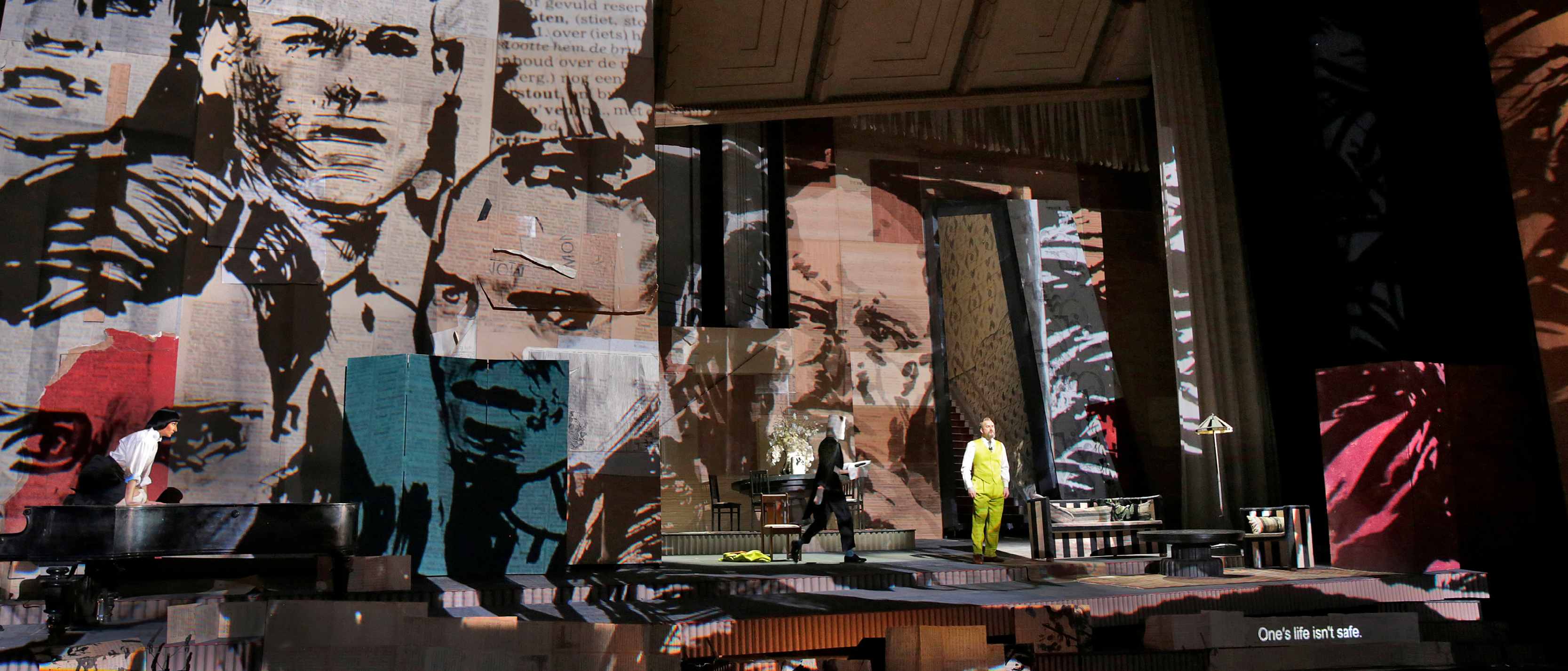
The following activities will help familiarize your students with the plot of Lulu, forge connections between a variety of classroom subjects, and creative responses to the opera. They are designed to be accessible to a wide array of ages and experience levels.
The Object of My Affection: Exploring “The Gaze” in Lulu
Ask students to consider how Lulu is perceived by herself and others. Then, invite them to create a visual representation contrasting her inner identity with the way other characters regard her.
Femme Fatale: Gender and Power in Lulu
Help students explore the intersections of gender and power in Lulu by teaching them about (or inviting them to analyze for themselves) the gender expectations that constrain the character. To what extent does she embody and/or defy these expectations?
The Body as Commodity: Trafficking and Exploitation in Lulu
Invite students to analyze and reflect on the ways in which Lulu's body is represented in the opera. Then have them research contemporary examples of human trafficking and exploitation to analyze its dehumanizing effects.
Unlocking the Mystery of Lulu’s Tone Rows
Teach students about serialism and 12-tone rows. Then, introduce them to a variety of serial leitmotifs in Lulu, help them analyze how Berg uses these rows to affect narrative and character development, and invite them to a create a 12-tone row of their own.
COMMON CORE CONNECTIONS
These activities directly support the following ELA-Literacy Common Core Strands:
CCSS.ELA-Literacy.RL.11-12.11
Interpret, analyze, and evaluate narratives, poetry, and drama, aesthetically and philosophically by making connections to: other texts, ideas, cultural perspectives, eras, personal events, and situations.
CCSS.ELA-Literacy.W.11-12.11c
Develop innovative perspectives on texts, including historical, cultural, sociological, and psychological contexts.
CCSS.ELA-Literacy.SL.11-12.1c
Propel conversations by posing and responding to questions that probe reasoning and evidence; ensure a hearing for a full range of positions on a topic or issue; clarify, verify, or challenge ideas and conclusions; and promote divergent and creative perspectives.